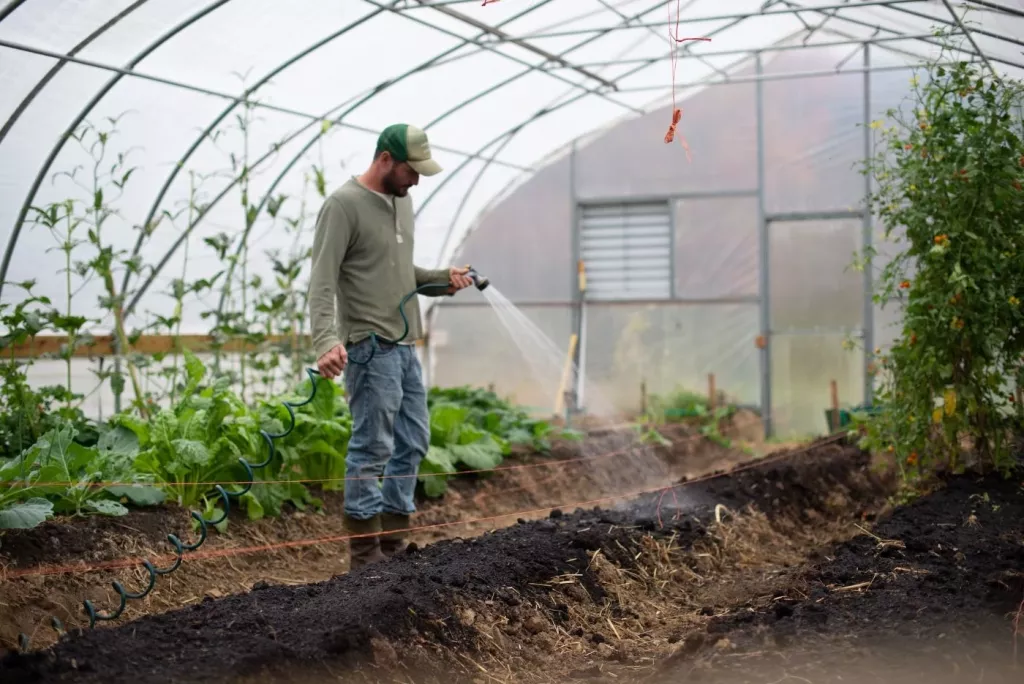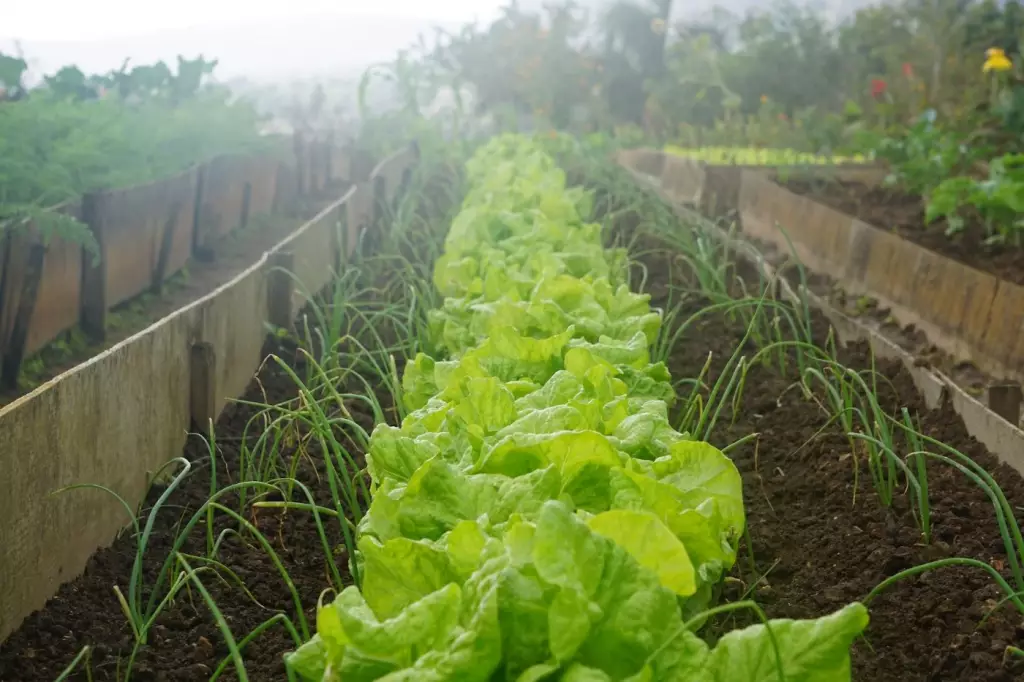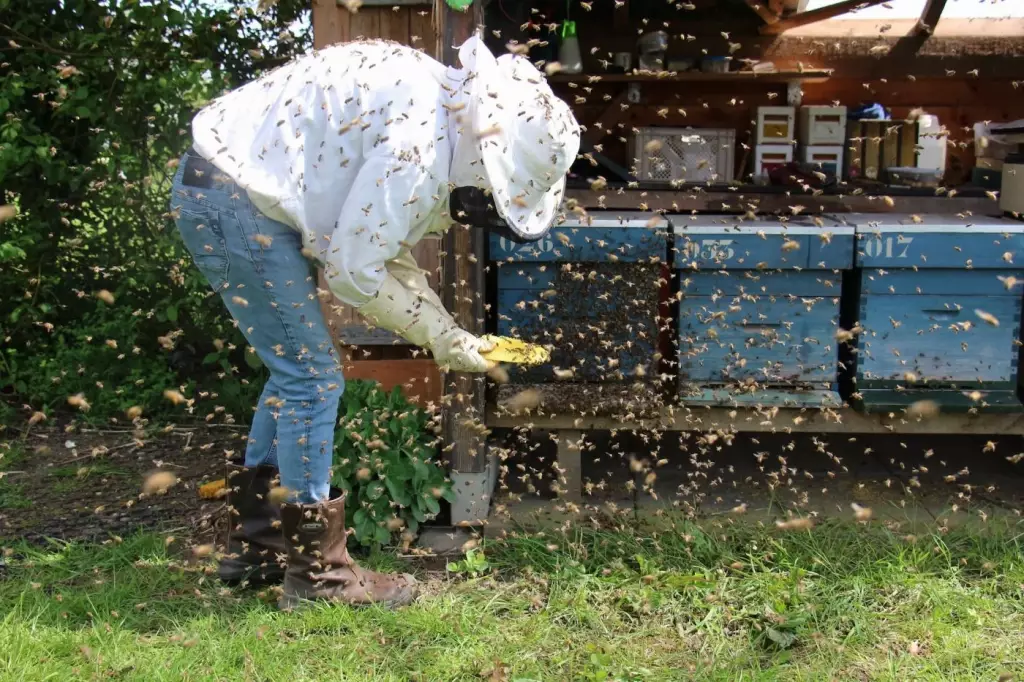How To Make a Small Farm Actually Profitable ($100K+)
Planting the crops that will be most profitable is something we can determine. We can explore all kinds of small farming if we have enough acreage for the type of farming we want. But to make a profit out of a small piece of land is challenging. In this article, we’ll take the real-life experience of a small-scale farmer and how he gained a profit of up to $100,000 from his small farm.
To gain a profit of up to $100,000 from your small farm, the best way is to plant crops that are in demand, mature quickly, are high-yield, have a high market value, and have extended seasonality. High-rotation farming must be employed, and an efficient post-harvest routine must also be implemented.
Gardening is the most profitable and easiest type of farming to do. Other types of agriculture for a small farm include a bee farm, a poultry and livestock farm, a greenhouse farm, and many more. Let's explore how your small farm can give you a good profit.
Summary
- A small acreage market garden can give you a $100,000 turnover profit by doing the following: implementing high-rotation cropping, good post-harvest techniques, and increasing soil productivity by using compost and manure.
- The best crops to plant that are most profitable due to their characteristics are salad greens, microgreens, and cherry tomatoes.
- Greenhouse farming, bee farming, or apiculture, and a mixed farm with gardens, livestock, and bees are other types of farming you can utilize your small farm for, which all have a good profit turnover.

On this page:
Making a $100,000 Profit From Your Small Farm
In a ¼ acre of land, an urban farmer was able to generate $100,000 profit annually by just planting crops. Curtis Stone, who runs a farm called Green City Acres, profits greatly from growing organic salad greens, microgreens, cherry tomatoes, and herbs. Aside from gardening in raised soil beds, he also practiced greenhouse farming, which served as a nursery for microgreens, and this helped his farm grow crops past their season.
Another good technique they engage in to make their farm profitable is a thorough post-harvest routine. They allotted space on their farm for a post-harvest area where they dry, spin, wash, and pack their fresh harvest. After packing, they keep all the orders in their walk-in coolers to keep them fresh before delivering them to groceries and restaurants.

The secret to reaching a $100,000 profit on a small acreage is high-rotation farming, according to Stone. In high-rotation farming, each bed is rotated on average 4 times per season and mainly grows quick-maturing crops. According to him, their 50-foot bed can generate an average of $1,600 per season. They have a total of 63 50-foot beds of crops, and if multiplied by $1,600, it can give them approximately $100,800 in profit.
But to manage to get to these numbers, crops must have certain characteristics to be profitable. The 5 key characteristics of the most profitable crops are the following:
1. The most profitable crops have high market demand
You can grow all the crops you want, but without anyone to buy them, your farm business will not profit. A thorough market analysis and research can help you match your crop to your customer base to know what they mostly consume.
2. The most profitable crops quickly mature
The number of days to maturity is important when considering which crops can be most profitable for you. It’s best to plant crops that mature in less than 60 days. Avoid crops with long maturing days such as corn, potatoes, cabbage, onions, garlic, and winter squash as much as possible.
3. The most profitable crops are high-yielding
Plant crops that can harvest you half a pound per linear foot in bed. So, if you have a 50-foot bed, aim to get at least 25 pounds of crops.
4. The most profitable crops have high selling price
Grow crops that have a target price point of at least 4 dollars per pound. Never go for low-value crops such as corn and winter squash.
5. The most profitable crops have long seasonality
Go for crops that can be marketed for a long period of time, such as salad greens, which can be grown for a full 8 months.
Aside from crop choice, using organic matter like compost and manure is also an important factor in influencing the production of their soil beds. They apply 2 inches of compost to each bed at the start of the season and reapply as needed.
Stone shared the 4 main crops that they grow on their farm and the amount of production of each, as seen in the table below:
| Main Crops | Yield per Harvest (in lbs) |
|---|---|
| Red Russian Kale | 65 pounds per bed (40 pounds on first cut, 15 pounds on second cut, and 10 pounds on 3rd cut) |
| Spinach | 100 pounds per bed (50 pounds on first cut, 20 pounds on second cut, and 20 pounds on 3rd cut) |
| Arugula | 55 pounds per bed (40 pounds on first cut, 15 pounds on 2nd cut) |
| Salanova | 100 pounds per bed (50 pounds on first cut, 35 pounds on second cut, and 15 pounds on 3rd cut) |
The market price for arugula, as per Stone, ranges around $6 - $10. In 21 days, arugula can already be harvested and sold. If in a bed, they can harvest 55 pounds of arugula that sells at $6, they already have a revenue of $330 per bed per harvest.
Since arugula is a salad green and can be planted repeatedly in about 8 months (240 days), divide that with the 21-day growth of arugula, and you can therefore plant arugula 11 times over 8 months. This will give you a turnover of $3,630 just from one bed of arugula alone. Imagine if you allotted 20 beds for arugula and you’ll have $72,600 in revenue in no time!
As for spinach, it can be sold to the market at $6 per pound. If you have 100 pounds of spinach from one bed alone, you can have a revenue of $600 per bed. But spinach can be planted 5 -6 times in 8 months because it can mature in about 42 days. One bed with planted spinach can therefore give you at most $3,600 profit. If you have another 20 beds of spinach crop, you can make another $72,000 in revenue.
The above hypothetical calculations are only for 2 crops and yet, adding the revenue will be more than $100,000 already. This just proves that just because you have a small space, doesn’t mean you can’t make big money out of it. It just takes hard work, dedication, and plenty of learning.
Other Profitable Small Farm Ideas to Let You Hit the $100k Goal
If you’re not into picking crops, you can try other types of farming that can gain you as high as $100,000 too. Below are some other small farming ideas you may give a try:
Greenhouse farming can escalate your earnings to $100,000
A hobby farmer could turn his side hustle of hobby farming into a profitable business by building a commercial greenhouse. Although he spent around $60k to $80k to build an 8 x 40-foot commercial greenhouse, the revenue per month is around $3,700.
In a year, it makes an approximate revenue of $44,400. If you have 2 or 3 commercial greenhouses set up, your annual revenue just for greenhouse farming can quickly escalate to more than $100,000.
Bee farming with established beehives can help you earn a thousand dollars
Although it cannot easily gain you $100,000 profit, beekeeping or apiculture is one of the most profitable ways to use your small farm or add up to your established farm. You may need, however, at least 500 established beehives to make a full-time income of about $50,000.
But the good thing in beekeeping is, it’s not just honey and wax that you can sell as main products out of your hives, but also alternative products such as propolis, royal jelly, and pollen. You can even sell bees in packages, entire colonies, a full hive set-up, or just the queen bees.

Mixed farming can give you an expected revenue of more than $100,000
This includes a market garden, a poultry and livestock space, 20 beehives, fruit-bearing trees, and a greenhouse and mini-orchard which gain you a total sale of $115,000.

Owners of New Terra Farm made a 5-acre farm plan based on their experience, and set aside all incongruencies, if the model has been fully implemented, their expected revenue is as follows:
| Item | Revenue |
|---|---|
| 2 market garden plots | $90,000 |
| 500 chicken meat | $9,000 |
| 12 pastured pigs | $7,000 |
| 1,000 lbs. of honey | $5,000 |
| Greenhouse and mini orchard | $4,000 |
| TOTAL SALES | $115, 000 |


